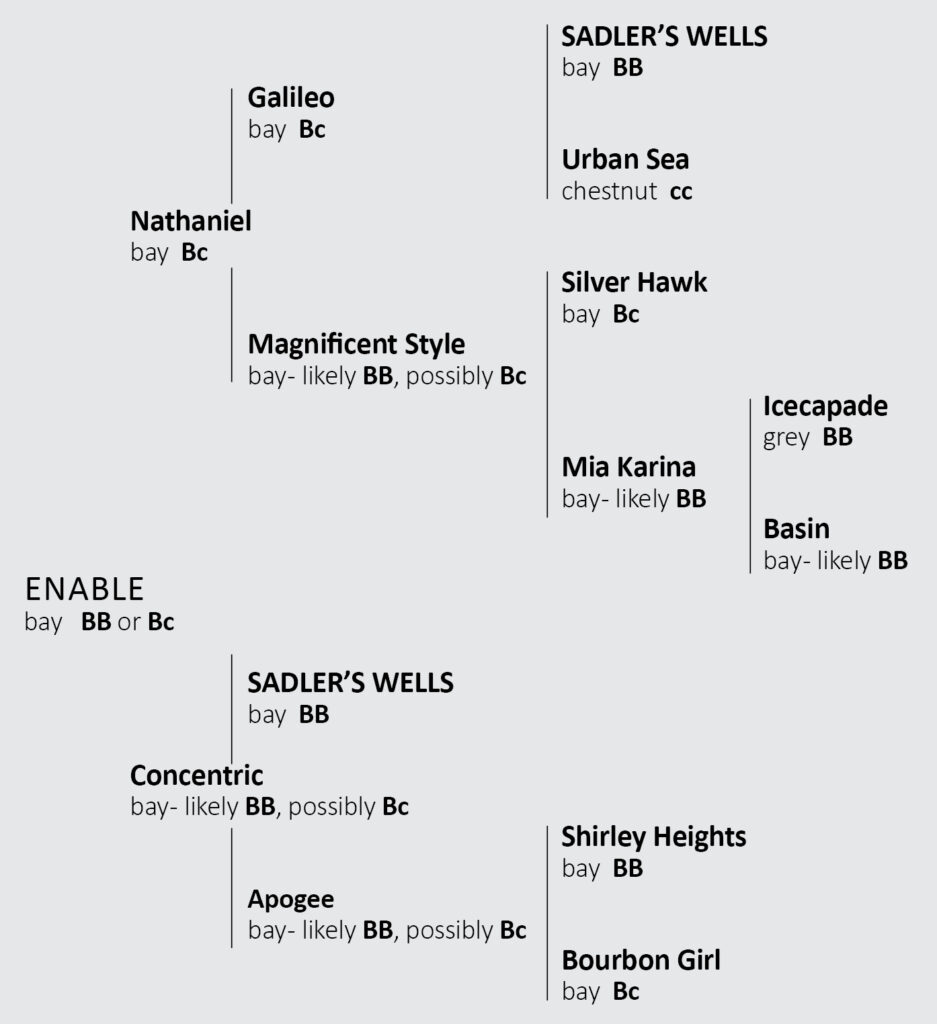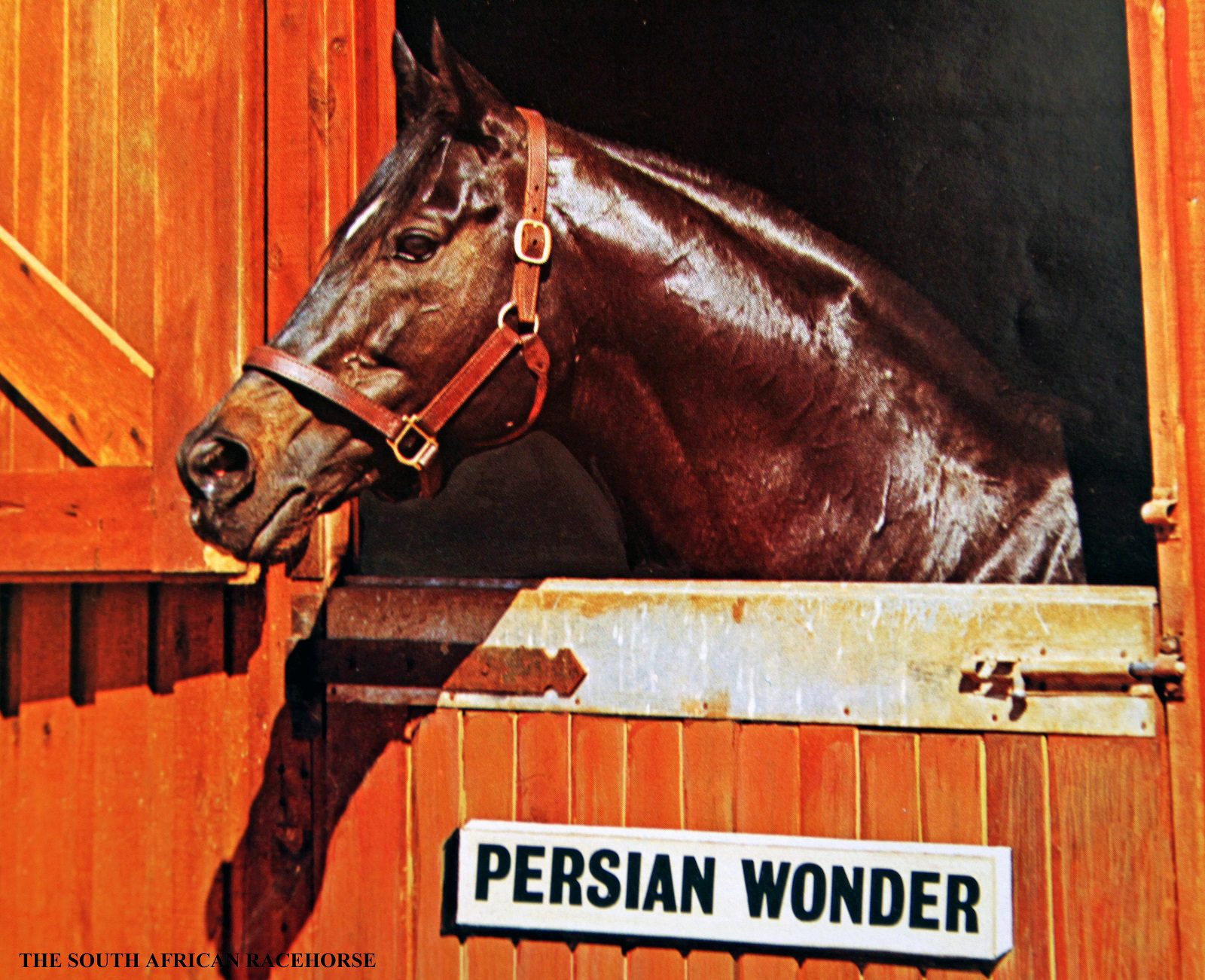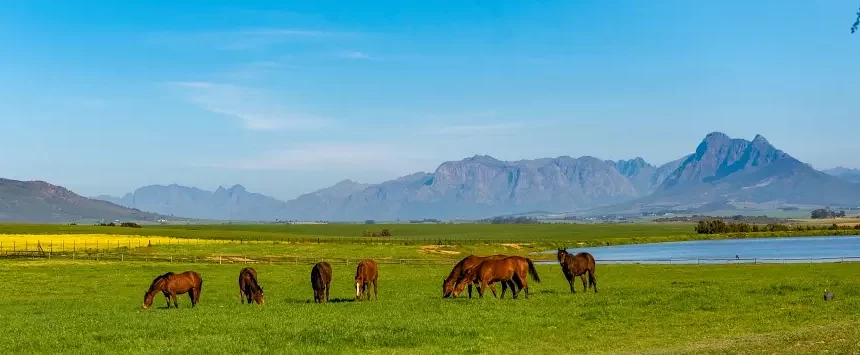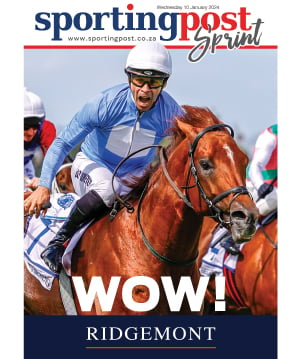The inbreeding debate is in the spotlight again.
Inbreeding in the Thoroughbred has increased significantly in the last 45 years according to a research paper published in Scientific Reports in January this year.
Inter alia, the report also states that “… limited numbers of stallions have had a disproportionate influence on the genetic composition of the Thoroughbred” – something that appears to worry the American Jockey Club if its decision to limit stallions books is anything to go by.
In that same month, an article in TDN stated that there is strong statistical evidence to suggest that close inbreeding produces inferior racehorses.
It is relevant to wonder what exactly is meant by ‘inbreeding’ – it appears to be presumed that duplication of individual ancestors in sire and dam has an influence on racing ability. Which begs the question whether attempts have been made to show a positive correlation between racing ability and this ‘inbreeding’. Has anyone identified possible DNA differences responsible for the
heritability of racing ability?
Are there any reports?
Inbreeding for selective traits is done for many living organisms, by ‘fixing’ desired genes – think of meat and milk production from cows. But there is no one specific gene for racing ability, just assumptions on how combinations of selective genes could have a desired effect on performance.
Sadly, the thing with such genes is that their influence is invisible.
So how can this assumed effect be measured?
A roundabout answer to the question of how racing ability could be inherited is to see how certain other, more visible genes behave.
An interesting example is coat colour.
Although genetically not entirely correct, for the purpose of this exercise it is assumed that there are two coat colours, generally known as bay and chestnut.
The bay gene (B) is dominant over the chestnut gene (c).
Every horse carries a gene pair for coat colour. In a mating, sire and dam each contribute half of their individual gene pairs, to make up a new pair in their offspring.
Depending on the original make-up of the parents, the new combo could be bay from sire and bay from dam (BB), bay from sire and chestnut from dam (Bc), chestnut from sire and bay from dam (also Bc), or chestnut from both sire and dam (cc).
Because bay (B) is dominant over chestnut (c) three of the four will be visible as bay (BB, Bc, and Bc) and one as chestnut (cc).
To check this, take a sizeable sample of racehorses and as if by magic about 75% will be bay and about 25% chestnut.
Armed with this knowledge, it is now possible to try and follow the inheritance of colour genes through consecutive generations.
An instructive example is champion racemare Enable, who is regarded to be ‘closely inbred’ to Sadler’s Wells. This stallion is the sire of Enable’s dam Concentric, and the grandsire of Enable’s sire Nathaniel (by Galileo).
Let’s see what can be deducted (consult the diagram to help follow the explanation).
Sadler’s Wells is bay, and only has bay offspring. Meaning that he has no chestnut gene to pass on, and therefore must be BB.
His bay son Galileo has both bay and chestnut offspring. Because he must have been given a B from his sire Sadler’s Wells, it follows that Galileo got a chestnut from his dam Urban Sea. This fits, because Urban Sea is a chestnut (cc) – and could only pass on a chestnut gene to her son.
 The next step is Galileo’s son Nathaniel.
The next step is Galileo’s son Nathaniel.
This bay stallion has both bay and chestnut offspring, and must therefore Bc. The question is, which of his parents contributed what.
Nathaniel’s dam Magnificient Style is by Silver Hawk out of Mia Karina, by Icecapade out of Basin. The offspring of each of these might give clues.
Starting at the back, Icecapade does not have chestnut offspring and thus is BB.
Basin has had thirteen foals from a wide variety of sires.
None of her offspring is chestnut, so with some degree of certainty it can be assumed that Basin is BB.
It follows that Mia Karina, with two BB parents, is also BB. She was mated to Silver Hawk, who has both bay and chestnut offspring and is Bc. Their resulting progeny Magnificient Style therefore must be BB or Bc.
None of the fifteen foals produced by Magnificient Style were chestnut. About half were by sires who were BB, ensuring bay progeny. There is some uncertainty then (statistically) of whether Magnificient Style could have produced a chestnut. For the purpose of this exercise, assume that she does not have a chestnut gene, got a B from her sire Silver Hawk, and therefore is BB (and not Bc).
Now if Nathaniel is Bc and his dam is BB, he must have got the chestnut (c) from his sire Galileo – and Galileo got his chestnut from his dam Urban Sea. Strikingly, the bay gene from his sire Sadler’s Wells is not present in Nathaniel.
On to Enable’s dam Concentric, by Sadler’s Wells out of Apogee, by Shirley Heights out of Bourbon Girl.
Shirley Heights has no chestnut offspring and thus is BB. In contrast Bourbon Girl, who is bay, has both bay and chestnut offspring, making her Bc. Their daughter Apogee could then be BB or Bc. Apogee’s ten foals were all bay, all by bay stallions, so there’s no certainty – she could be Bc or BB, the latter perhaps more likely.
The same would then be true for her daughter Concentric, BB or Bc. Concentric has nine foals, all bay, all by bay stallions. She could be BB or Bc, with the odds favouring BB.
In essence, whether she is BB or Bc, her sire Sadler’s Wells supplied the bay half (B).
So if Concentric is Bc there is a chance that she passed on her hidden chestnut to Enable, and not the Sadler’s Wells bay gene.
So here is Enable, who may have one bay gene from Sadler’s Wells, or possibly none at all.
She may have been ‘inbred’ 3×2 to Sadler’s Wells, but not for Sadler’s Wells’ bay coat colour.
And who knows for what other genes she’s not ‘inbred’ either!
If racing ability is indeed made up of an unspecified combination of genes, which might behave in the way genes for coat colour do, then ‘inbreeding’ for racing ability through duplication of individual ancestors, irrespective of how far back, is statistically meaningless. It makes a mockery, too, of the widely touted predictions made for sire x broodmare sire combinations.
That said, racing ability can be positively defined through a different method, and shown to be heritable. That same method also highlights sire & broodmare sire influence, and its longevity.
But that’s fodder for another story.








